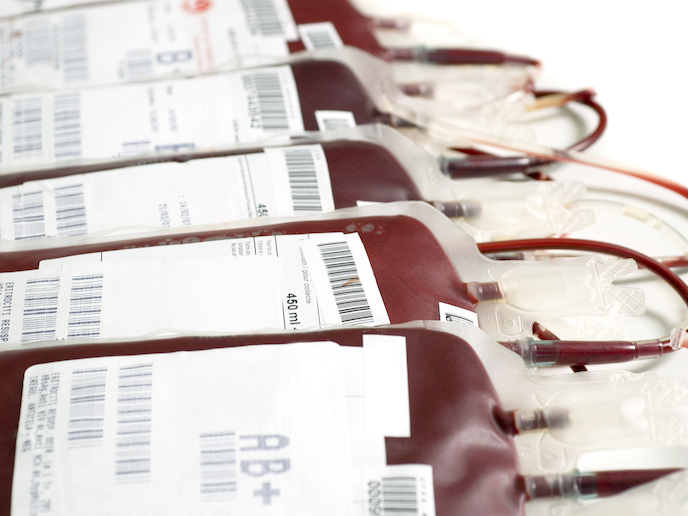Polar fish inspire synthetic antifreeze polymers
Despite surface temperatures often being sub-zero, the polar oceans are rich in life. Polar fish thrive in these environments thanks to unique adaptations, including the production of ice-binding proteins(opens in new window), also known as antifreeze proteins. “These proteins are remarkable,” explains CRYOMAT project coordinator Matthew Gibson, professor of chemistry at the University of Warwick(opens in new window). “They manage to recognise and bind to ice, despite being dissolved in water. By suppressing the freezing point of blood, they ensure that ice does not form.” Gibson notes that these proteins also have a second property – the ability to stop already-formed ice crystals from growing larger. This ability to inhibit ice recrystallisation could open up new applications ranging from the ability to make frozen food smoother to aiding the freezing of donor cells and tissue. “The challenge is that ice-binding proteins are incredibly diverse,” he says. “To develop industrially useful solutions, it is crucial to know how your target protein works, and whether it is scalable.”
Replicating protein function
The motivation behind the CRYOMAT project was to develop synthetic polymers(opens in new window) that reproduce the function of these ice-binding/antifreeze proteins, without actually ‘looking like’ a protein. This research was supported by the European Research Council(opens in new window). “The key advantage is that polymer synthesis is very scalable and can be done at low cost,” he notes. “We wanted to show that our synthetic polymers could mimic the function of ice-binding proteins. We wanted to reproduce what they do rather than how they look, which was a unique strategy at the time.” Gibson and his team developed and characterised polymers of various sizes and shapes and then screened how they affected ice growth. “A key aim was to ensure we systematically looked at how structure affected function,” he adds. The project uncovered a polymer which could inhibit ice growth. “This is actually quite a rare thing,” says Gibson. “We also identified a few classes of active materials, and showed how these can benefit cell cryopreservation(opens in new window). We then compared these in applications where antifreeze proteins have potential, to really try to validate their use.”
Ice-binding potential
Gibson and his team have begun working with industry partners, to investigate potential industrial applications. These include cold chain storage for biological tissues. “There is huge potential for ice-binding materials across aerospace, biotechnology, medicine, construction and even space science,” he explains. “Any process which is exposed to low temperature has to be resistant to the possibility of ice formation. I am really excited to see how this area continues to grow.” Gibson and his team have gone on to secure an ERC Proof of Concept Grant focused on the cryopreservation of stem cells, which builds on some of these project findings. “This has gone very well,” he adds. “We have filed patents on the topic and are now in the process of establishing a spin-off company to take this work forward.” Gibson also notes with pride that the students and postdocs who worked on CRYOMAT have gone on to careers in industry, academia, teaching and beyond. “This project also helped me personally, to really establish my career and work across a range of interdisciplinary boundaries,” he concludes. “The flexibility and long-term funding meant I could pursue some risky areas of research that are nonetheless critical to our understanding.”







